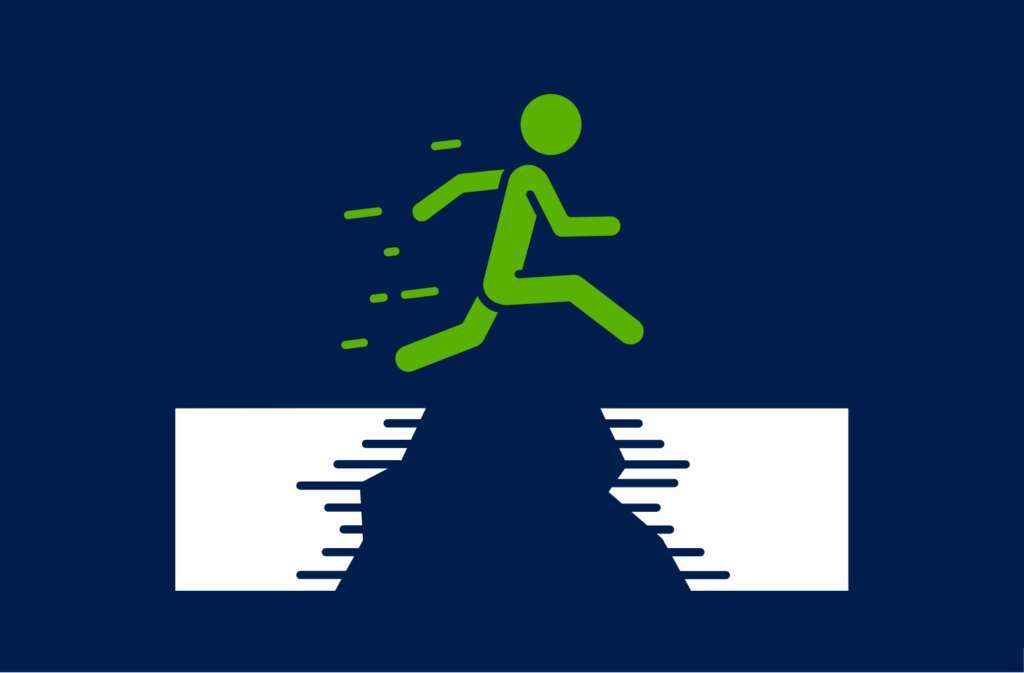Career gaps have long carried a stigma for job seekers, but the reality is, they’re incredibly common. Today’s job market is much more accepting of career breaks, viewing them as a natural part of a longer professional journey.
If you have a gap on your resume, it will likely come up during the interview process. That’s why it’s important to be prepared and take control of the narrative. Otherwise, hiring managers may fill in the blanks themselves.
What Counts as a Resume Gap?
A resume gap is any stretch of time when you weren’t in a traditional full-time role, typically lasting several months or more. A short gap, just a couple of months, is generally seen as standard and might not even be mentioned. Longer breaks, especially those over six months, can raise questions.
If you were freelancing, consulting, or pursuing entrepreneurial projects during that time, make sure to include those experiences on your resume. Even if it wasn’t a 9-to-5 role, listing these efforts helps fill in the timeline and demonstrates continued professional activity.

How to Discuss Employment Gaps in Interviews
If you have a gap on your resume, be prepared to address it in an interview. Having a well-prepared explanation can help put any concerns to rest and shift the conversation toward your qualifications. The important thing is to be transparent and open about this gap, while remaining professional.
Follow these guidelines to address in a professional manner:
- Prepare your explanation ahead of time: You don’t want to be taken off guard if the gap comes up. Before your interview, take some time to build a concise, honest, and positive explanation about your career gap. Run through it a few times until you feel comfortable and can share your explanation in a minute or less.
- Be Transparent: Lying about your career gap will never end well. When you’re asked about it, share a simple but truthful explanation. You don’t need to share more details than what you’re comfortable with, but it’s important to own the career gap and have a strong narrative surrounding it.
- Stay confident: It’s natural to feel a little defensive about time away from work, but during the interview, keep your tone confident and calm. Don’t apologize. Instead, frame the break as a period of reflection, growth, or realignment that ultimately helped you refocus your career goals.
- Focus on your growth: Shift the focus from why there was a gap to what you did during that time. This could be a personal project, specific certifications you earned, or some freelance work. Focusing on your accomplishments shows your interviewer that you were still invested in your career during the gap and frames it in a positive, productive light.
- Connect your break to the role: If there’s a clear link between your time away and the job you’re applying for, make that connection. Whether you gained new skills, perspectives, or clarity on your goals, explaining how the experience supports your next move adds depth to your story.

Scripts for Career Gap Explanations
Having a thoughtful, go-to explanation for a resume gap can help you feel more confident in interviews. Here are some sample responses tailored for common situations that lead to career gaps:
Layoff Example
- “My previous role was impacted by a company-wide restructuring, and my position was eliminated. During that time, I took the opportunity to complete an advanced course in cloud computing and built a personal app to strengthen my technical skills. I’m now looking forward to applying these new skills in my next role.”
- (This response is honest, shows initiative, and highlights continued growth.)
Health Example
- “I stepped back from work for a period to focus on my health. I’m happy to share that I’ve fully recovered, and throughout that time I stayed engaged with the field, earning my AWS certification and keeping up with industry trends. I’m feeling strong, motivated, and excited to get back to work.”
- (This reassures employers, shows proactivity, and demonstrates enthusiasm.)
Career Change Example
- “After a decade in software engineering, I made the decision to shift into data science, a field I’ve grown passionate about. I completed a bootcamp, built several machine learning models, and combined my development background with new data skills. I’m excited to bring that hybrid experience to this data scientist role.”
- (This explains a purposeful transition, emphasizes upskilling, and ties it directly to the role.)
When using these templates, tailor them to your experience and speak genuinely. The key is to stay positive, focus on what you did, and then move on to why you’re the right person for the job.
Career gaps don’t define you or your potential. What matters most is how you frame them. By being honest, highlighting how you stayed engaged, and showing how you’re ready to contribute, you can turn a resume gap into a moment of growth.








